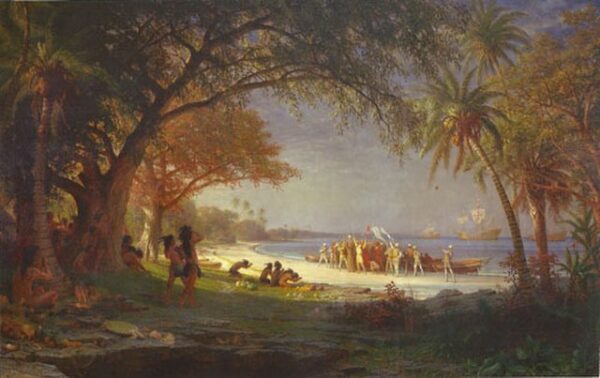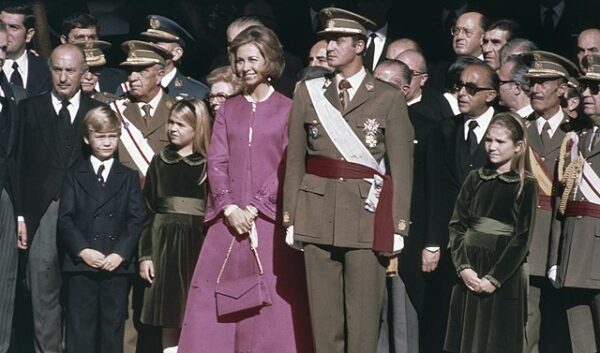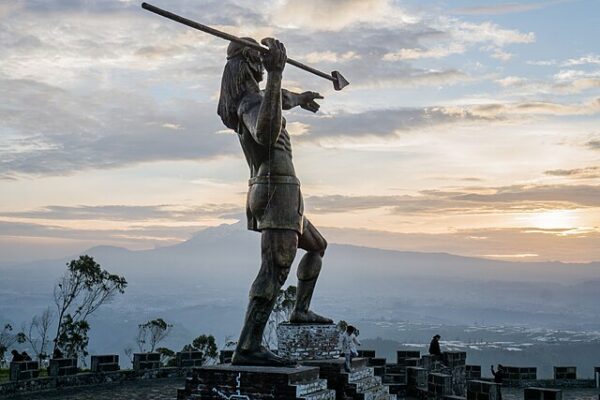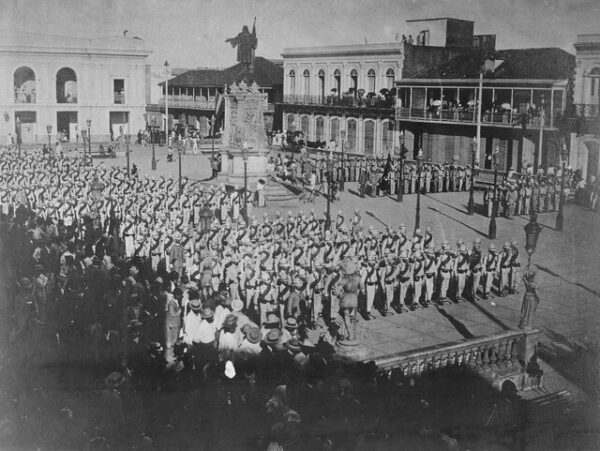Christopher Columbus’s first expedition made landfall in the Caribbean on October 12, 1492, a moment that would forever change the course of history. After weeks of sailing westward from Spain across the Atlantic Ocean, Columbus and his crew finally reached land, a small island in the Bahamas that Columbus named “San Salvador.” This event marked the culmination of a journey that had been fraught with challenges but motivated by a singular goal: to find a westward route to the riches of Asia. Instead, Columbus’s expedition opened the door to the Americas, a New World unknown to Europeans at the time.
Columbus set sail from Palos de la Frontera, Spain, on August 3, 1492, commanding three ships: the Niña, the Pinta, and the Santa María. The expedition consisted of approximately 90 men. His mission, backed by the Catholic Monarchs Ferdinand and Isabella of Spain, was to find a quicker and more direct route to Asia, particularly to the lucrative markets of India and China, by sailing westward instead of around the southern tip of Africa. Columbus had convinced the monarchs that his calculations of the Earth’s size were correct, though many scholars of the time were skeptical.
For weeks, the journey was filled with anxiety and uncertainty. Columbus and his men traveled into uncharted waters, and as days turned into weeks without sight of land, tension and fear grew among the crew. By early October, murmurs of mutiny had started among the sailors, who feared that they would never find land and perish at sea. However, Columbus remained steadfast, promising his crew that they were close to their destination.
On the night of October 11, 1492, signs of land appeared. According to accounts, sailors spotted branches and other debris in the water, and the crew aboard the Pinta sighted a faint light in the distance, which they interpreted as an indication that land was near. In the early hours of October 12, Rodrigo de Triana, a sailor aboard the Pinta, shouted that he saw land. Columbus would later claim he had seen it first, a move that has been viewed as part of his effort to secure the royal reward for the discovery.
Columbus and his crew landed on the small island, which Columbus named “San Salvador,” meaning “Holy Savior” in Spanish. Although the island’s native inhabitants, the Taíno people, called it Guanahani, Columbus believed he had reached islands off the coast of Asia, possibly near India. This is why he referred to the indigenous people he encountered as “Indians,” a term that would continue to be used for the native peoples of the Americas long after it became clear that he had not, in fact, reached Asia.
The Taíno people who greeted Columbus and his crew were described in his journals as being peaceful, generous, and curious. Columbus noted their lack of advanced weaponry and how easily they could be overpowered. He also remarked on their physical appearance, including their dark skin and lack of clothing, which he interpreted as a sign of their simplicity. Columbus’s initial interactions with the Taíno were friendly; the two groups exchanged gifts, and the Europeans were welcomed warmly. However, the peaceful nature of these early encounters would not last long, as the arrival of Columbus and future European expeditions would bring disease, slavery, and conflict that would devastate the indigenous populations of the Caribbean and beyond.
Columbus stayed on San Salvador for only a brief time, but his landing there marked the beginning of European exploration and colonization in the Americas. After exploring other islands in the region, including Cuba and Hispaniola, Columbus returned to Spain in March 1493, heralded as a hero. Although he believed he had found a new route to Asia, his expeditions had, in reality, uncovered a landmass that was previously unknown to Europeans. The world would soon learn of this New World, and in the centuries to come, the consequences of Columbus’s voyages would reshape the course of global history.






